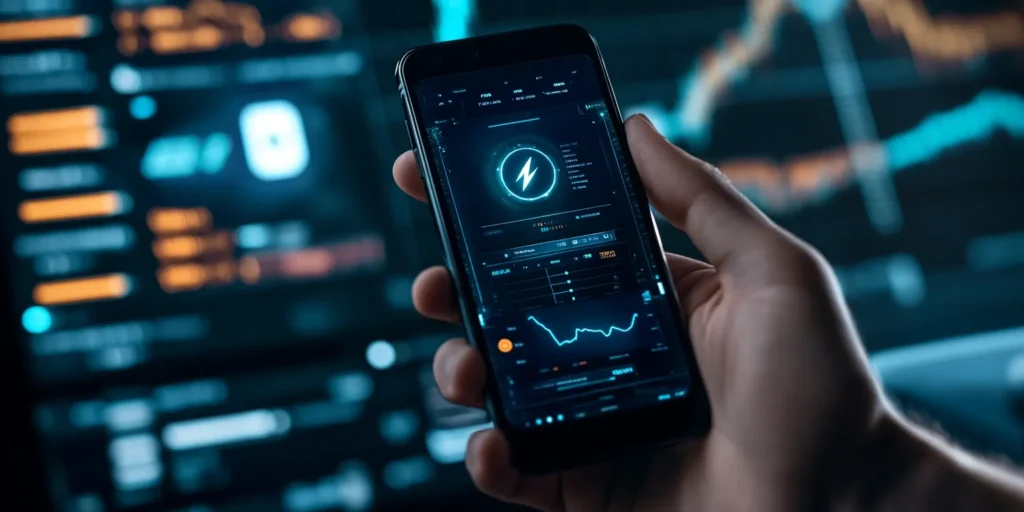Introduction
Understanding the mining rig price landscape is crucial for anyone looking to enter the crypto mining space smartly. Building a rig is not just about throwing hardware together — it is about balancing cost, efficiency, and future-proofing your setup. In this guide, we will break down average mining rig prices, show you how to build an optimized rig at home, and explore what factors really impact your investment.
What is a mining rig?
A mining rig is a specialized computer system designed to validate blockchain transactions and earn cryptocurrency rewards. Rigs typically fall into two categories: GPU mining rigs, which are ideal for coins like Ravencoin or Ethereum Classic, and ASIC rigs, which focus on major cryptocurrencies like Bitcoin and Litecoin. Choosing the right type depends entirely on your mining goals and budget.
Mining rig price: average costs explained
The average mining rig price for a full home setup ranges between $3,000 and $5,000, depending on hardware selection and energy efficiency. Here is a typical GPU rig breakdown:
| Component | Model Example | Unit Price | Total (6 GPUs) |
|---|---|---|---|
| GPU | MSI GeForce RTX 3070 | $388 | $2,328 |
| Power Supply | Thermaltake Toughpower 1500W | $118 | $118 |
| CPU | AMD Ryzen 7 5800X | $361 | $361 |
| RAM (8GB) | A-Tech DDR4 | $38 | $38 |
| Motherboard | ASRock H110 Pro BTC+ | $168 | $168 |
| SSD (120GB) | Kingston A400 | $25 | $25 |
| Frame | Open-frame 6-GPU Rack | $50 | $50 |
| Cooling (6 fans) | Arctic F12 or similar | $120 | $120 |
| Total Estimate | $3,208 | ||
Costs can vary based on used parts availability, location, and electricity rates.
Factors that affect mining rig prices
- Cryptocurrency target: ASIC miners are mandatory for Bitcoin, while GPU rigs offer more flexibility for altcoins.
- Energy efficiency: Hardware with better hashpower-to-watt ratios pays off faster.
- Cooling needs: Good cooling not only extends hardware life but also improves overall efficiency.
- Component availability: GPU prices still fluctuate with market demand and supply chain stability.
How to build a crypto mining rig on a budget
- Use entry-level GPUs for coins like Zcash or Clore.
- Purchase used frames, PSUs, and non-core components from trusted sources.
- Undervolt and overclock GPUs responsibly using tools like MSI Afterburner.
- Optimize mining software settings with platforms like EVGA Precision.
- Track coin profitability with tools like WhatToMine before committing.
For a full DIY guide, check out our detailed crypto mining setup tutorial.
Mining rig price vs profitability: what matters most
- Electricity rates: Mining in regions with $0.03–$0.06 per kWh is ideal.
- Coin selection: GPU-friendly altcoins like Ravencoin or Ethereum Classic often outperform Bitcoin in ROI for small miners.
- Market conditions: Bull markets can dramatically shorten payback periods.
With careful component choices and low power costs, a home rig can potentially yield $150–$200 monthly.
Is building your own rig still worth it?
Building your own rig remains one of the smartest ways to control costs and maximize ROI. Although mining difficulty and energy prices keep rising, those who optimize their setups carefully can still earn consistent profits. If you are new to mining, start with our beginner-friendly crypto mining for dummies guide before taking the plunge.
FAQs
Is it cheaper to build a mining rig or buy a pre-built one?
Building your own rig is usually cheaper and allows for better customization. However, buying a pre-built rig saves time and ensures professional assembly, which can be valuable for beginners.
Can mining still be profitable with high electricity costs?
It is more challenging but possible. Mining coins with lower energy requirements or using undervolted GPUs can help offset high electricity rates.
How long does a mining rig last?
Well-maintained rigs can last 3 to 5 years or more. Regular cleaning, proper cooling, and conservative overclocking significantly extend hardware life.
What hidden costs should I consider when building a mining rig?
Beyond core components, hidden costs include quality cabling, extra cooling fans, replacement parts, surge protectors, hardware insurance, and possibly higher electricity infrastructure upgrades if mining at home.
Does the resale value of a mining rig affect its overall investment?
Yes. Components like GPUs often retain significant resale value, especially if well-maintained. Factoring potential resale value can improve your total ROI calculation over the life of the rig.
Final thoughts
Crypto mining is not dead — it is simply evolving. Understanding the real mining rig price and optimizing your build around efficiency and budget is critical to staying competitive. Whether you are targeting Bitcoin, Ravencoin, or another altcoin, careful planning can help you turn your rig into a reliable revenue stream. Build smart, mine smarter.



